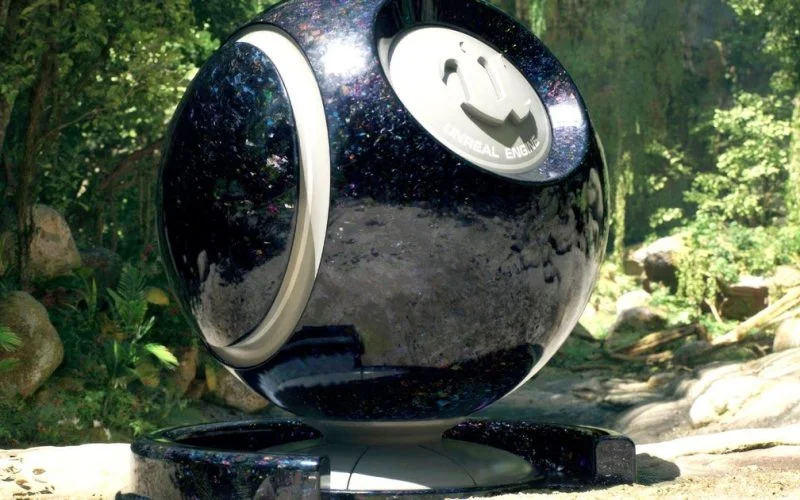Unreal Engine 5.2: A Look at New Features and Performance Improvements
Nearly three years after Unreal Engine 5 was first revealed, we’re on the cusp of the first major UE5 game releases, including Immortals of Aveum, The Lords of the Fallen, and Stalker 2: Heart of Chernobyl. With the release of Unreal Engine 5.2, it’s time to explore the new features and improvements that will shape the games of the future, including titles from developers like CD Projekt Red and Crystal Dynamics.
Procedural Generation: A Game-Changing Addition
The headline addition of UE5.2 is procedural generation, showcased through the Electric Dreams demo. Previously, environments were manually built using prefabricated assets, resulting in time-consuming labor and limited engine performance. However, the new procedural generation system allows for the automatic creation of natural outdoor environments with advanced details, thanks to Nanite technology. This makes it easier to populate large worlds with impressive detail, ultimately enhancing the player experience.
Performance Improvements: Hardware Lumen Takes the Spotlight
One of the notable performance improvements in Unreal Engine 5.2 is the optimization of hardware-accelerated Lumen ray tracing. When tested, hardware Lumen showed a 14% increase in frame rates compared to the software version, while also providing enhanced reflection detail. The improved diffuse lighting quality and optimized shadowed regions further contribute to the overall visual quality of games.
CPU Limitations and Future Scalability
While Unreal Engine 5 is known for its impressive visuals, it doesn’t fully utilize modern multi-threaded processors. In CPU-limited scenarios, the engine struggles to scale efficiently, resulting in performance issues during high-speed traversal. Additionally, increasing CPU core and thread counts only marginally improves performance. This presents an opportunity for growth and optimization in future updates to fully harness the power of modern processors.
The Power of DLSS3 for Smooth Gameplay
For PC gamers using Nvidia RTX 40-series GPUs, DLSS 3 Frame Generation proves to be a valuable tool. By implementing DLSS3, developers can effectively counter CPU limitations and achieve a significant increase in frame rates. The plugin is easy to implement and can improve performance by up to 97% in CPU-limited scenarios, making it a no-brainer inclusion for UE5 game developers.
Improvements in Shader Compilation and Stutter Reduction
Unreal Engine 5.2 introduces improvements in shader compilation behavior, addressing one of the previous concerns. The new asynchronous shader pre-caching system minimizes stutters and improves fluidity during gameplay. However, some stutters may still occur due to traversal stutter and the need for a warm shader cache. Combining the new asynchronous system with the older offline precaching system offers the smoothest player experience on PC.
Looking Ahead to the Future of Unreal Engine 5
As Unreal Engine 5.2 prepares to be deployed in upcoming third-party games like Immortals of Aveum, The Lords of the Fallen, and Stalker 2, it’s clear that the engine continues to evolve and shape the future of gaming. While there is room for improvement, such as addressing traversal stutter and optimizing CPU utilization, UE5.2 introduces significant advancements that will enhance the performance and visual quality of games.
